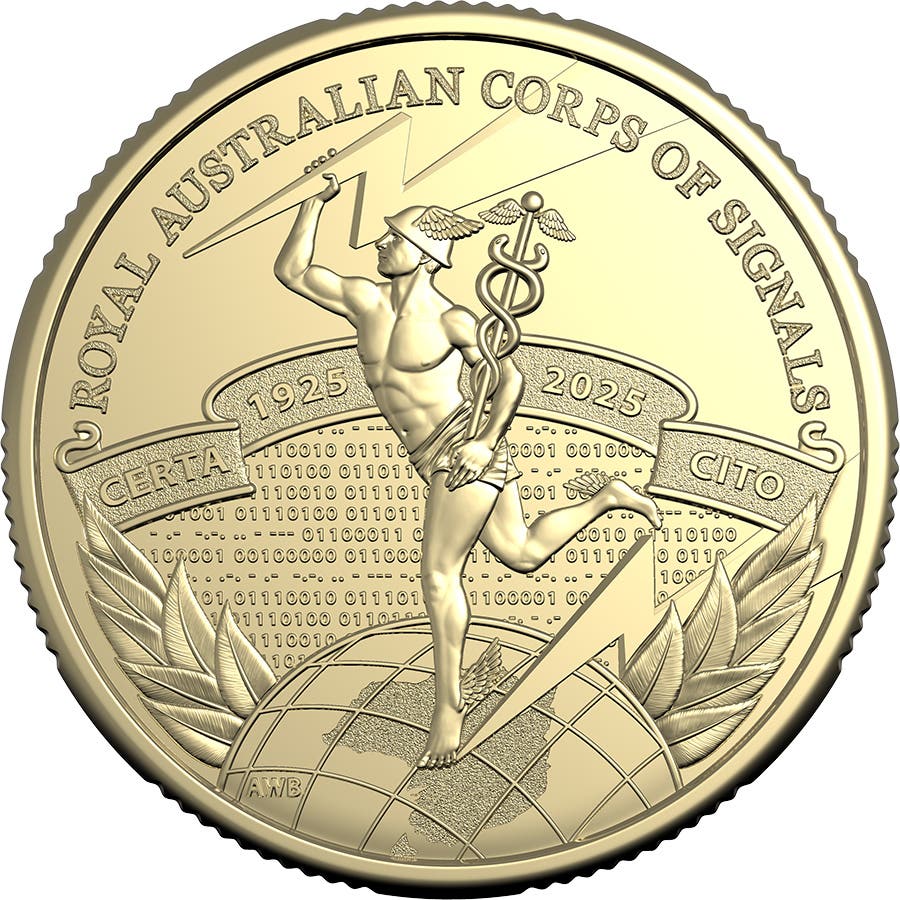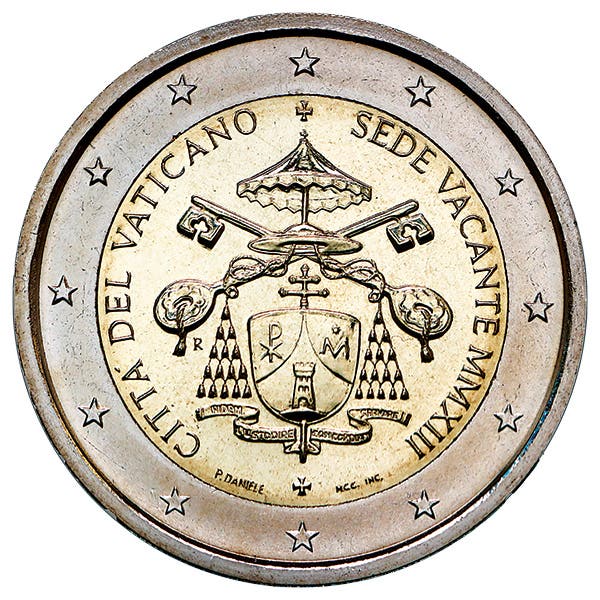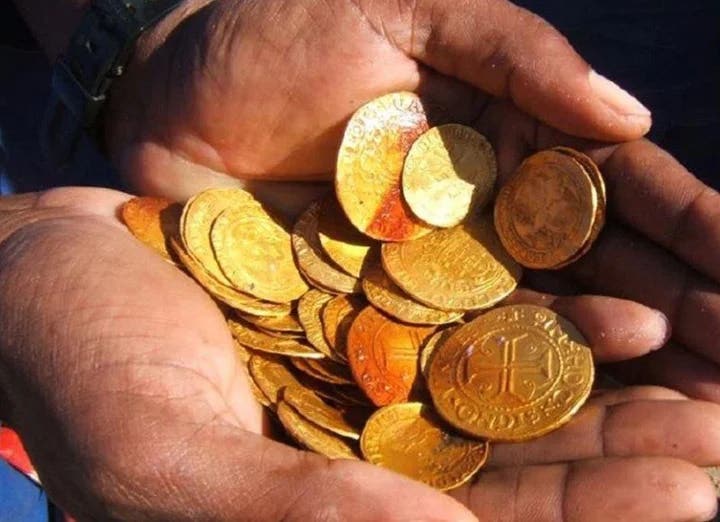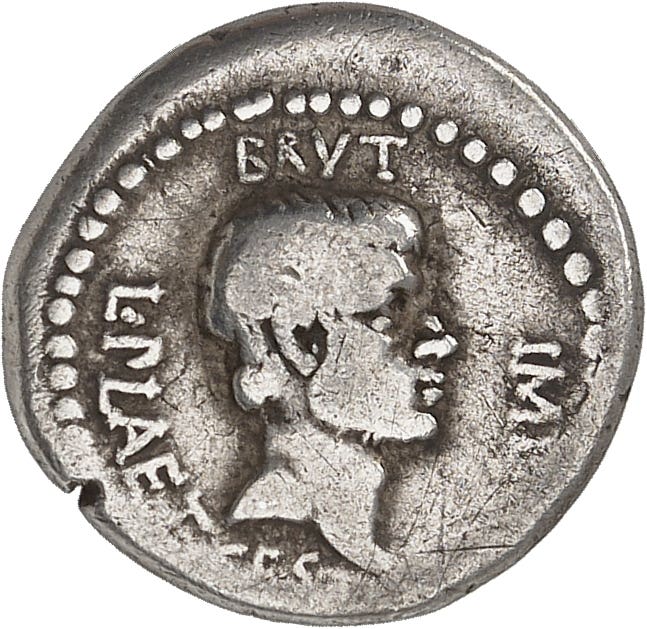Isle of Man Low Denomination Coins in Question
We’ve heard this story before elsewhere in the world, but here it goes again. Due to inflationary pressures eroding the purchasing power of small change coins the Isle of Man…
We’ve heard this story before elsewhere in the world, but here it goes again. Due to inflationary pressures eroding the purchasing power of small change coins the Isle of Man is considering ending the circulation of its 1-, 2-, and 5-pence coins.
IOM Treasury Minister Alex Allinson said any change to the IOM’s change “must be carefully considered.”
Should the IOM decide to scrap its three lowest coin denominations payments would likely need to be rounded to the nearest 10 pence. Allinson acknowledged coinage “within our culture has been embedded over many centuries,” adding, “Any change to the way society uses cash must be carefully considered.”
IOM coinage is denominated in Manx pounds. IOM coinage, including both circulation and commemorative issues, were minted by the Pobjoy Mint between 1971 and 2016, and by the Tower Mint since 2017. United Kingdom coins are similar to those of the IOM. For that reason IOM coins are occasionally found in circulation in the UK, where they are not legal tender. Ironically, UK coins are legal tender on the IOM. The UK still produces 1-, 2-, and 5-pence coins for circulation.
The cost of producing the lowest denomination coins is a concern, but so is their usefulness in circulation. Allinson said there is a “need to properly examine how and why the use of coins has declined and what we should do to remove those deemed no longer useful.”
Allinson continued, “While decisions are yet to be made, it is important to note the experience of many countries which have successfully navigated this process, including Australia, Belgium, Brazil, Canada, and our neighbors in the Republic of Ireland.”
According to the Treasury minister, should the lowest denomination coins be withdrawn the Treasury would propose introducing compulsory rounding for the total cost of all cash transactions. Credit card transactions would continue without any changes being made.
A government representative said the “demand for cash, and low value denominations in particular, has declined,” adding that “No Manx 1- and 2-pence coins have been minted since 2016, the primary reason being that minting costs more than their face value.”
The IOM isn’t alone. It now costs more than 2.5 cents to mint one U.S. 1-cent coin. The U.S. Mint reported a loss of $171 million on 1- and 5-cent coin production during 2022.
IOM coinage began with traders’ currency tokens issued between 1668 and 1831 by various issuers. John Murrey issued pennies in 1668. “Murrey Pennies” became legal tender in 1679 when other unofficial private coinages were outlawed.
A request for IOM coinage made to the Royal Mint in 1708 was refused by Master of the Mint Sir Isaac Newton. The first government issued coins for the island came a year later. In 1733 any non-precious metal coinage was outlawed.
In 1811 halfpenny, penny, shilling, halfcrown, and crown denominated coins were issued by Littler, Dove and Company (The Douglas Bank Company). The same year Atlas Fire Insurance Company in Douglas and Quayle, Cotteen, and Lighfoot in Castletown issued halfpennies and pennies. This was followed by halfpennies and pennies issued in Castletown by John Caine in 1830 and by 1831 halfpennies issued at Ramsey by timber exporter William Callister.
A collection of Manx coins assembled by Callister’s grandson J.D. Clucas is at the Manx Museum.
IOM copper farthings, halfpennies, and pennies on which the UK monarch appears were issued by the Royal Mint between 1839 and 1971, at which time halfpenny, penny, twopence, 5-, 10-, and 50-new pence coins were introduced. In 1978 £1 coins were introduced. A £2 coin followed in 1998.
The Isle of Man Banking Company was founded and began issuing £1 bank notes in 1865. £5 notes were introduced in 1894. In 1926 the bank name was changed to Isle of Man Bank. There have been nine other banks that have issued IOM £1 bank notes as late as 1961 when the IOM Government Notes Act revoked their rights to issue their own notes.
Today IOM bank notes are issued in denominations of £1, £5, £10, £20, and £50. The IOM is not a member of the European Union and is not within the scope of any relationship between the EU and UK.








